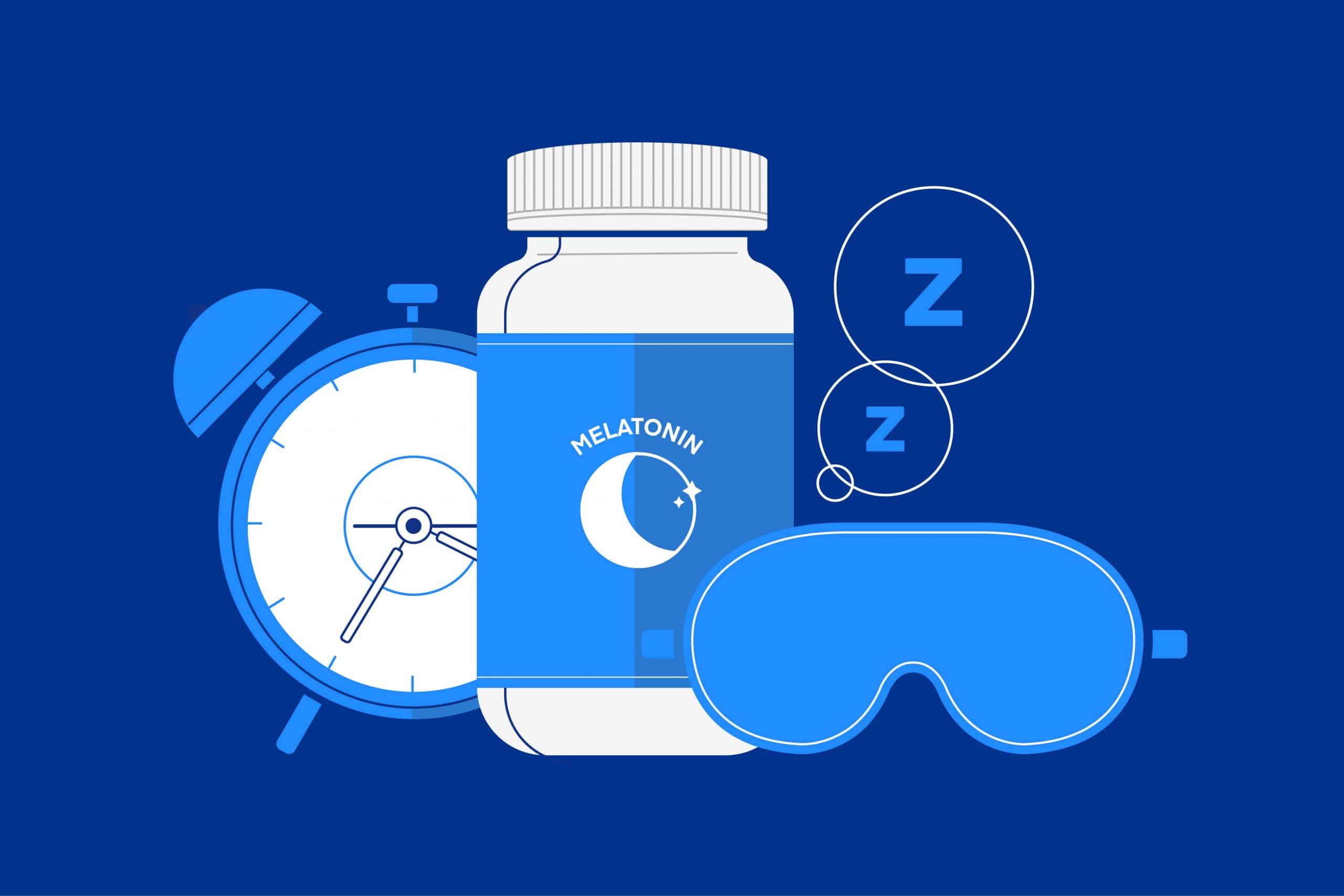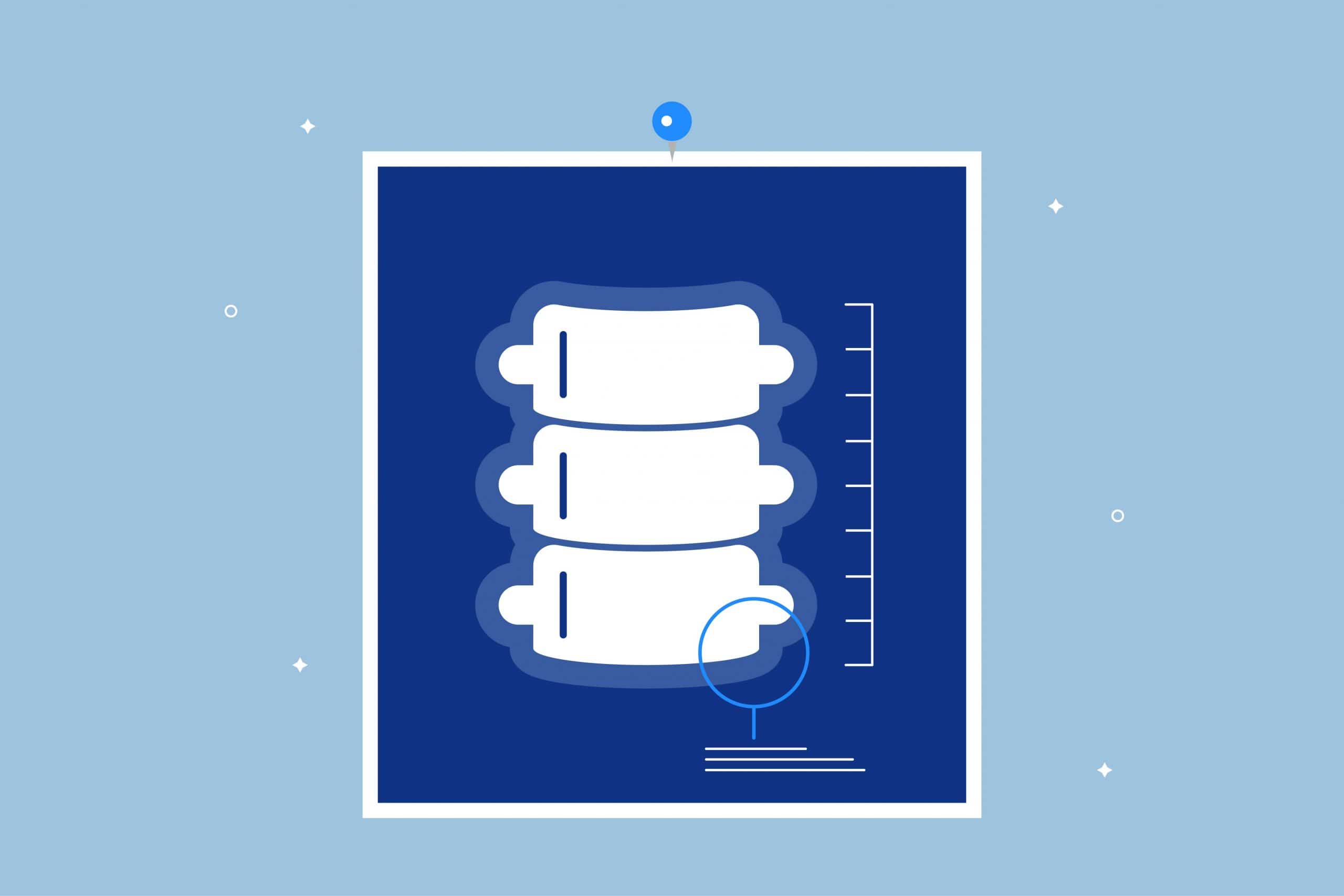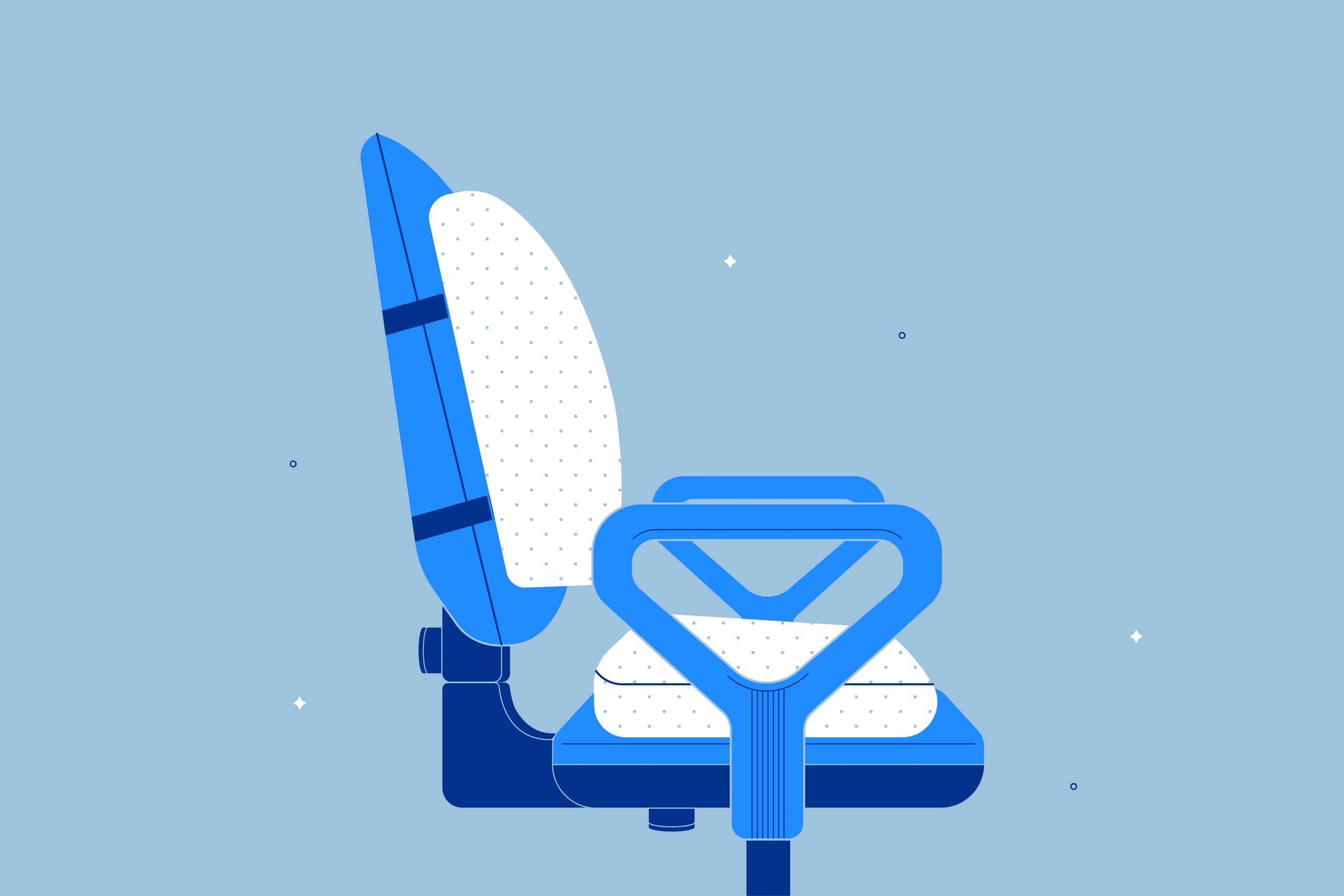A mattress that’s old or worn out can do more than leave you tossing and turning throughout the night.
Like light bulbs or batteries, mattresses tend to be the kind of thing that we don’t give much thought to as long as they’re doing their job. But when the light or a battery stops working, you know right away and replace it ASAP.
But unless a mattress pops a spring or breaks somehow, most of us will keep using it long after it probably should have been replaced. Which can spell bad news for your health—and your ability to get a decent night’s rest.
Here’s what you need to know about how an old mattress could affect your health, and how you can cope.
The Life Expectancy of a Mattress.
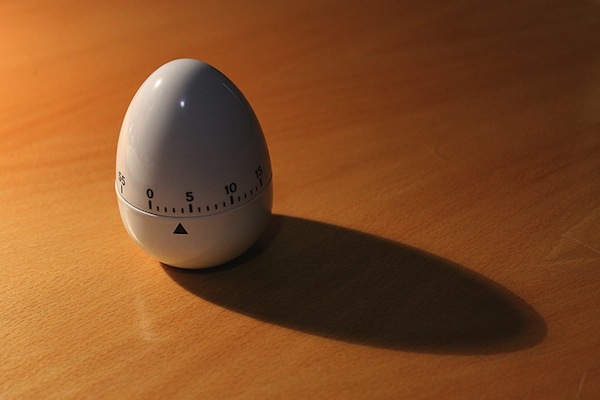
A high-quality mattress can give you years of comfortable sleep—but there’s no magic number as to exactly how many.
Typically, manufacturers recommend replacing your mattress every eight years. But according to Consumer Reports, a mattress that’s well cared for could easily last a decade. (Unless you’re over 40. By that age, your body tolerates less pressure, which means you might need a new mattress after five to seven years.)
In fact, most mattress companies, even the newer mattress in a box companies, offer a 10-year warranty. Some brands will even go above and beyond and offer a 20-year warranty or more. However, the length of the warranty and the length of a mattress’s life are two different things.
To ensure that your mattress lives a long, happy life, experts recommend giving it a little TLC. Some tips:
- Don’t let kids jump on the bed.
- Rotate your mattress every two months. Rotate single-sided mattresses from end to end, and flip double-sided mattresses over.
- Use a bed frame with a center support to prevent sagging.
Still, even with the utmost care and attention, your mattress will eventually start to wear out. And when that happens, some not-so-great stuff is likely to follow.
Dead Skin, Body Oil, and Dust Mites, Oh My!
Since you spend about a third of your life in bed, you better believe that over time, your mattress starts to collect loads of dead skin and body oils. Who loves to snack on that stuff? Dust mites.
In fact, the typical used mattress can house as many as 10 million of the microscopic bugs, according to Ohio State University experts. And since even dust mites poop, that stuff is in your bed, too.
Pretty disgusting, right? Mercifully, the little buggers are invisible—and most of us seem to get along with them just fine. But if you suffer from allergies, sleeping on a too-old mattress can pose a problem. Dust mite allergies can cause sneezing, runny noses, itchiness, watery eyes, coughing, and sinus pressure.
It gets worse if you have asthma, which can be exacerbated by dust mites. Then, you could be at risk for difficulty breathing, chest tightness, or even trouble sleeping caused by shortness of breath.
Of course, even a mattress that’s a few months old can have dust mites, just not (nearly) as many as what would be in an older mattress or worse, a secondhand mattress. And since you can’t buy a new mattress every year (though wouldn’t it be great if you could?), it makes sense to take other steps to keep your sleeping space as dust mite-free as possible.
- First, use allergen-proof bed covers. Their fabric is more tightly woven than regular covers, which can keep dust mites from escaping your mattress. Avoid purchasing used bedding at all costs.
- Similarly, steer clear of bedding that’s difficult to wash, because it’s important to…
- …Wash bedding frequently and thoroughly. Once a week in very hot water is the golden rule.
- Vacuum frequently, too. Use a vacuum with a HEPA filter to remove dust from carpeting and upholstered furniture.
- Always use a mattress protector. We recommend a mattress encasement because it covers all sides of the mattress and protects it from spills, bed bugs, allergens, and dust mites.
Bad Back Pain
As a mattress ages and begins to wear out, it starts to sag in the middle. So rather than sleeping on a flat, comfortable surface, you end up sleeping on one that’s awkwardly curved in the middle. In fact, one prominent spine expert compared it to sleeping in a hole.
Which sounds pretty unpleasant, right? Chiropractors agree that sleeping on an old mattress is a recipe for chronic back pain. That can mean tossing and turning through the night to find a more comfortable sleeping position, or simply waking up the next morning feeling stiff and sore.
Over time, the pain itself can make it harder to nod off and stay asleep, which can create a vicious cycle of discomfort and exhaustion. In fact, two-thirds of Americans say that their pain causes sleep problems, according to the National Sleep Foundation. Doesn’t sound so fun.
Fortunately, strategically placed pillows can help you find short-term relief: Place them under your knees if you sleep on your back, or between your knees if you sleep on your side.
That can help release some of the pressure on your back for the time being. But the better, more permanent solution, experts say, is to look for the best mattress for back pain.
Finding The Best Mattress
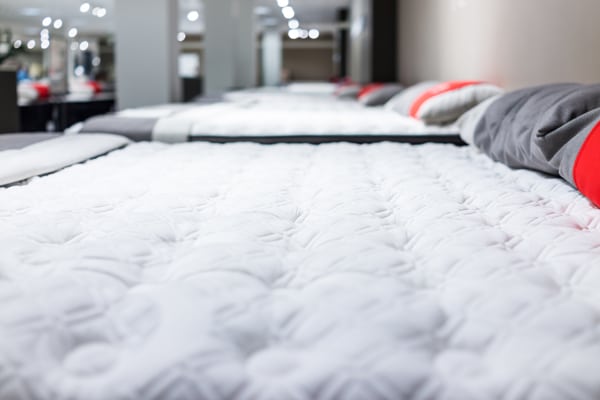
The best way to get rid of the problems caused by an old, worn-out mattress is simple: Replace it with a new one. But with so many options to choose from, how are you supposed to know which sleep surface is the best one for you? Here’s a quick breakdown of the basics:
- Innerspring mattresses: This is your family of standard coil spring mattress, some of which come with comfortable topper materials like pillow or latex. They tend to range in firmness, though experts say that people who suffer from lower back pain might do better with a firmer surface. Note that innerspring mattresses must be used with box springs, which can trap bed bugs and dust mites.
- Memory foam mattresses: These mattresses, which are growing in popularity, are made from layers of plush foam that respond to body weight and temperature. Since they mold to the shape of your body, memory foam mattresses are known for reducing pressure points and relieving pain.
- Latex mattresses: Made from natural or synthetic rubber, these also offer firmness and support. That can make them a good choice for those with back pain, however, some people complain that latex mattresses are too firm.
What about mattress size? The most popular is the queen mattress, but if you’re in college, a twin or twin XL is probably best. If you’ve got kids sharing a room, try a full mattress or a twin mattress. And if you share your bed with a restless partner and you both need lots of room, go with a king size mattress. A California king is a great option for taller folks who need the extra leg room. Most mattress types are available in these wide range of sizes, so it’s easy to nab any size bed that fits your lifestyle and space restrictions.
The best way to tell which new mattress will work best for you? Test it out. If you’re a side sleeper, pick the best mattress for side sleepers. If you’re hitting the store, be sure to spend at least 10 minutes laying on the surface. And remember to bring your pillow, which will help to replicate your true sleeping environment as closely as possible.
Of course, you’ll get an even better idea of how comfortable a mattress really is if you can sleep on it for a full night—or for several full nights. And not to toot our own horn or anything, but did you know that Amerisleep offers a 100-day sleep trial? Seriously—you can sleep on one of our top-rated mattresses for a few months, and if for any reason it isn’t comfortable, you can return it. If the mattress you have at home is too soft or too firm, you can adjust the feel of the bed with one of our high-quality mattress toppers.
Don’t forget about your budget! The average mattress price runs from about $800-$1200 for a high-quality queen size. Watch out for luxury beds that are marked up simply because of features that don’t actually help with sleep. And don’t fall for a cheap mattress eitehr
Saying Goodbye To Your Old Mattress
Once you’ve waved goodbye to dust mites and back pain with a new mattress, you still have to get rid of the old one. Which, thankfully, is pretty easy. There are over 50 mattress-recycling facilities in North America, and their numbers are growing all the time.
Did you sleep better after getting a new mattress? Is your current mattress impacting how you sleep right now?
About the author
Marygrace Taylor is a health and wellness writer based in Philadelphia. She’s covered healthy sleep and sleep hygiene for Amerisleep and other outlets since 2014. She also writes about diet and nutrition, women’s health, and fitness for outlets like Healthline, Men’s Health, and Prevention.
View all posts


